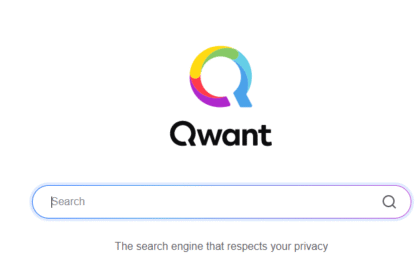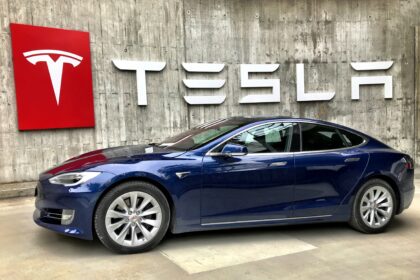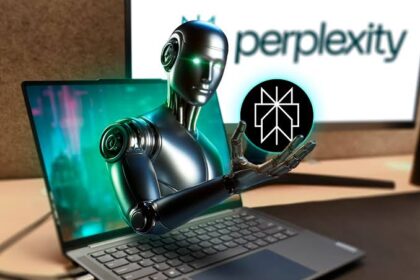The creator economy stands at an unprecedented inflection point. As artificial intelligence rapidly transforms how content is created, distributed, and monetized, we face a fundamental question: are our institutions, regulations, and societal frameworks prepared for this seismic shift? The data suggests we’re racing toward a future that’s arriving faster than our collective readiness to govern it effectively.
The Scale of Transformation
The numbers paint a striking picture of rapid growth and AI integration. The creator economy has grown to 200 million creators generating over $150 billion annually by 2025, tripling since 2022, according to SignalFire research. More significantly, the creator economy was worth over $250 billion as of 2024, up from an estimated market size of $100 billion in 2023.
Market projections suggest even more dramatic growth ahead, with the creator economy market expected to skyrocket from $212.3B in 2024 to $894.8B by 2032. This isn’t merely organic growth, it’s AI-accelerated expansion.
59% of creators are now turning to AI to streamline their workflows and improve monetisation strategies, while nearly 63% of content creators regularly use AI-assisted scriptwriting tools to speed up video scripting. These aren’t peripheral adoption statistics; they represent a fundamental shift in how creative work is conducted at scale.
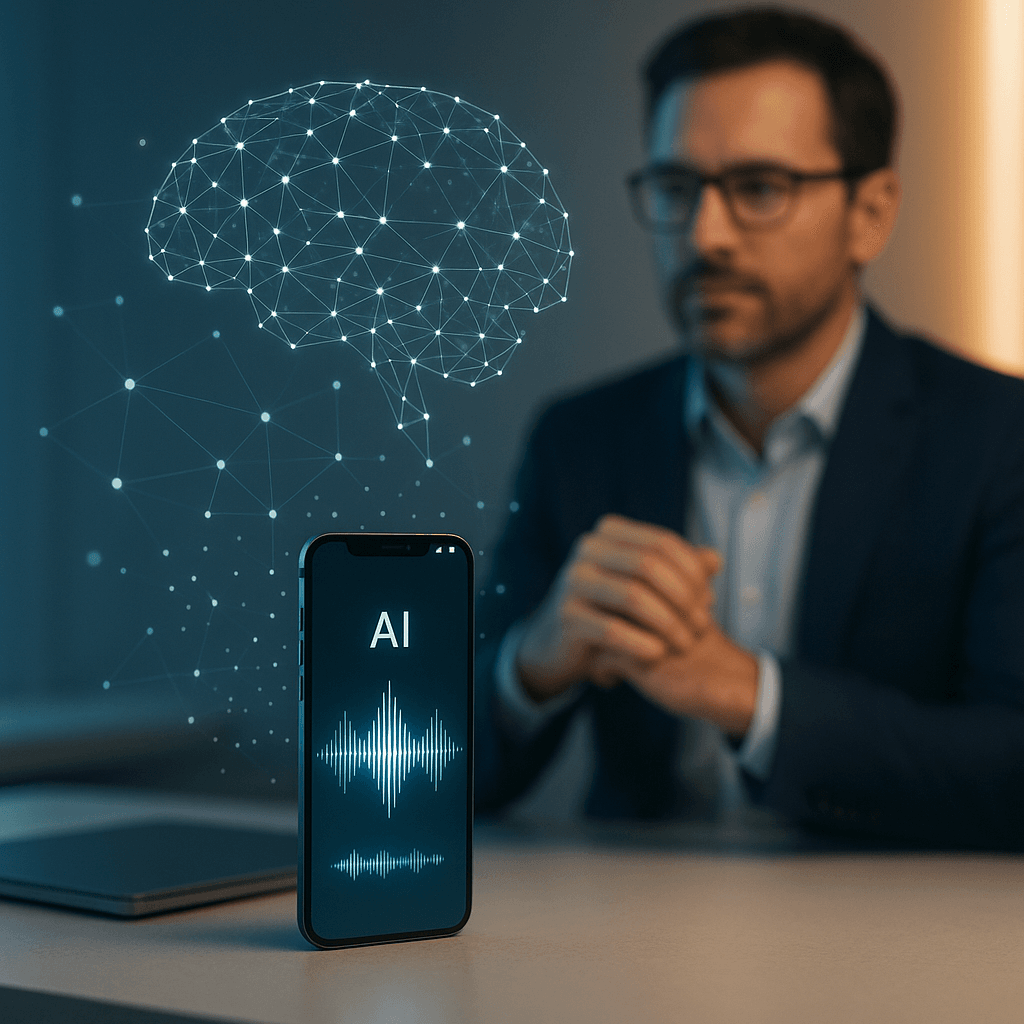
The AI Integration Reality
The integration of AI into creative workflows has moved beyond experimentation to essential infrastructure. Over 73% of organisations worldwide are either using or piloting AI in core functions, indicating that AI adoption has reached critical mass across sectors.
For creators, this means AI tools are no longer competitive advantages, they’re becoming baseline requirements for market participation.This transformation manifests in multiple dimensions. AI is reshaping content creation through automated scriptwriting, video editing, and personalized content optimization.
It’s revolutionizing distribution through algorithmic content matching and audience targeting. Most importantly, it’s creating entirely new monetization models, from AI-generated influencer partnerships to synthetic media licensing. The economic implications extend far beyond individual creators.
AI is forecast to add $15.7 trillion to the global economy by 2030, with the creator economy representing a significant portion of this value creation. However, this growth isn’t uniformly distributed, raising critical questions about economic equity and market concentration.
The Regulatory Landscape: A Patchwork Approach
Perhaps most concerning is the fragmented state of AI governance as it relates to creator economies. The global AI regulation landscape is fragmented and rapidly evolving. Earlier optimism that global policymakers would enhance cooperation and interoperability within the regulatory landscape now seems distant.
In the United States, recent policy shifts have emphasized innovation over restriction. The current administration’s approach, outlined in executive orders on “Removing Barriers to American Leadership in Artificial Intelligence,” prioritizes maintaining competitive advantage in AI development. This order revokes certain existing AI policies and directives that act as barriers to American AI innovation, clearing a path for the United States to act decisively to retain global leadership in artificial intelligence.
Meanwhile, Europe has taken a more prescriptive approach with its AI Act, where the governance rules and the obligations for GPAI models became applicable on 2 August 2025. This creates a complex international landscape where creators and platforms must navigate different regulatory requirements across jurisdictions.
The challenge is that creator economy regulation often falls into gaps between existing frameworks. Traditional media regulation doesn’t account for AI-generated content. Intellectual property law struggles with AI training data and synthetic media. Labor law hasn’t evolved to address AI-human collaborative creative processes.
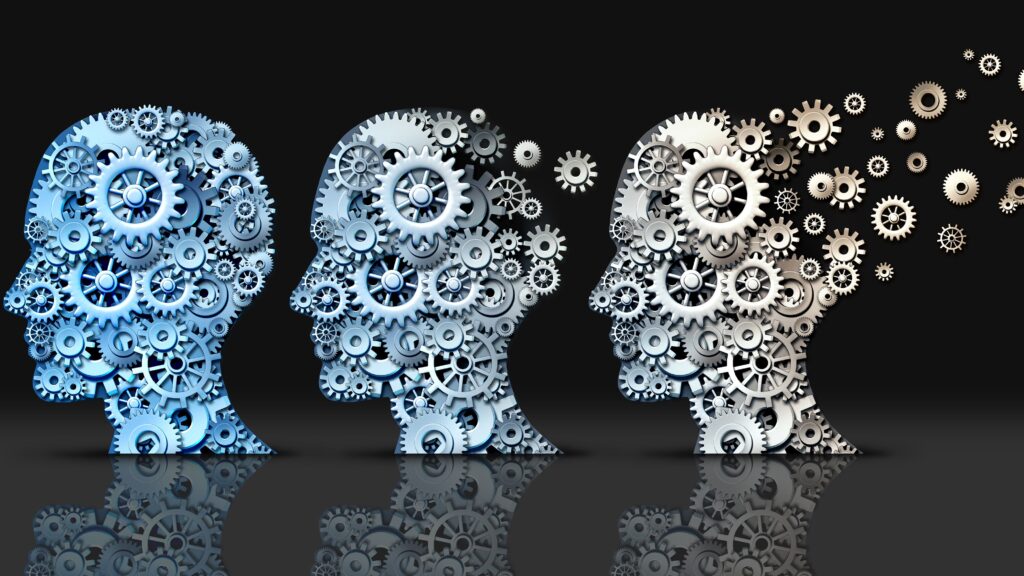
Related: 10 AI Writing Tools That Will Replace Your Copywriter in 2025
Economic and Social Implications
The AI creator economy presents both unprecedented opportunities and significant risks. On the positive side, AI tools democratize content creation, allowing individuals with limited technical skills to produce professional-quality content.
This could lead to greater creative diversity and new economic opportunities for underrepresented voices.However, the risks are substantial. The same AI tools that democratize creation also commoditize it. When anyone can generate high-quality content with minimal effort, the economic value of individual creative work may decline.
This raises fundamental questions about creative labor and sustainable creator livelihoods. Market concentration presents another concern. While AI tools may be widely available, the platforms and infrastructure supporting the creator economy remain concentrated among major technology companies.
This concentration could lead to extractive relationships between platforms and creators, particularly as AI reduces platform dependency on any individual creator. The societal implications extend beyond economics.
56% of global citizens now believe that AI will positively transform their lives in the next 10 years, although 68% also support increased regulation of AI systems. This tension between optimism and caution reflects broader societal uncertainty about AI’s role in creative expression and cultural production.
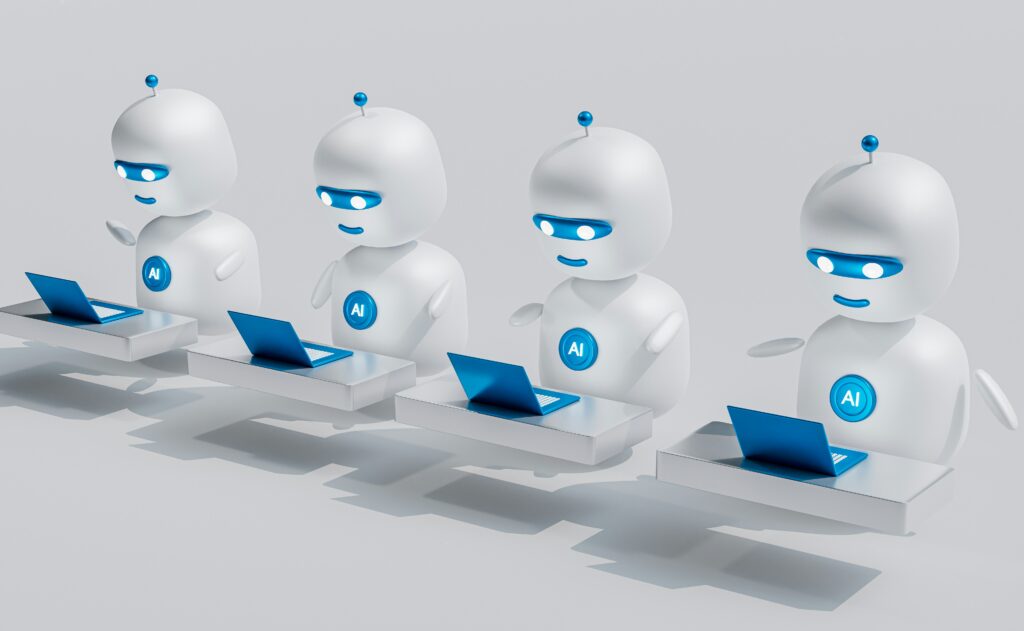
Critical Readiness Gaps
Several key areas reveal our collective unpreparedness for the AI creator economy’s full emergence:
- Intellectual Property Framework: Current copyright and fair use doctrines weren’t designed for AI training on massive datasets or synthetic content generation. The legal status of AI-generated content remains unclear, creating uncertainty for creators and platforms alike.
- Labor and Economic Protection: Traditional employment protections don’t extend to the gig-based creator economy, and existing social safety nets weren’t designed for AI-augmented creative work. As AI changes the nature of creative labor, we lack adequate frameworks to protect worker interests.
- Authenticity and Trust: Consumer expectations around content authenticity are evolving, but regulatory frameworks for disclosure and transparency lag behind. The rise of synthetic media requires new approaches to maintaining public trust in digital content.
- Market Competition: Antitrust frameworks struggle to address the complex relationships between AI tool providers, content platforms, and creators. The potential for market concentration and anticompetitive behavior remains underregulated.
- Digital Literacy and Skills: Educational systems haven’t adapted to prepare creators for AI-augmented creative processes. The skills gap between AI-enabled and traditional creators could exacerbate economic inequality.
Policy Recommendations Towards Readiness
Preparing for the AI creator economy requires coordinated action across multiple domains:
- Regulatory Harmonization: International cooperation on AI governance principles specific to creative industries could reduce compliance complexity and encourage innovation. This doesn’t require uniform regulation, but rather interoperable frameworks that allow cross-border creative commerce.
- Adaptive Intellectual Property: Copyright law needs updating to address AI training, synthetic content generation, and collaborative human-AI creative processes. This could include new categories of protected expression and updated fair use provisions.
- Creator Economic Security: New models for creator economic protection, potentially including portable benefits systems or universal basic income pilots, could provide stability as AI reshapes creative labor markets.
- Transparency Standards: Mandatory disclosure requirements for AI-generated content could maintain consumer trust while allowing innovation. These standards should be technically feasible and internationally coordinated.
- Investment in Human Capital: Public and private investment in AI literacy and creative skills development could help creators adapt to and benefit from AI tools rather than being displaced by them.
The Path Forward
98% of creators have set creative or business goals for the year ahead, and 95% are leaning into direct-to-fan models, indicating that creators themselves are actively adapting to changing market conditions. However, individual adaptation isn’t sufficient when systemic changes require institutional responses.
The AI creator economy isn’t a distant future scenario, it is the current reality accelerating beyond our governance capacity. By 2025, AI might eliminate 85 million jobs but create 97 million new ones, resulting in a net gain of 12 million jobs. The challenge isn’t whether change will occur, but whether we can guide it toward beneficial outcomes.
Success requires recognizing that the AI creator economy represents a fundamental shift in how creative value is generated, distributed, and captured. Our readiness isn’t measured by our ability to prevent this transformation, but by our capacity to shape it in ways that benefit creators, consumers, and society broadly.
The question “Are we ready?” demands honest assessment: we’re not, but we can be. Readiness requires proactive policy development, industry coordination, and social adaptation.
Most critically, it requires recognizing that the AI creator economy is not a technological problem requiring technological solutions, but a socioeconomic transformation requiring thoughtful, coordinated human responses.
The creators are adapting, the technology is advancing, and the economic value is growing. Now institutions must catch up, because the AI creator economy isn’t waiting for our readiness, it is building the future with or without our guidance.



